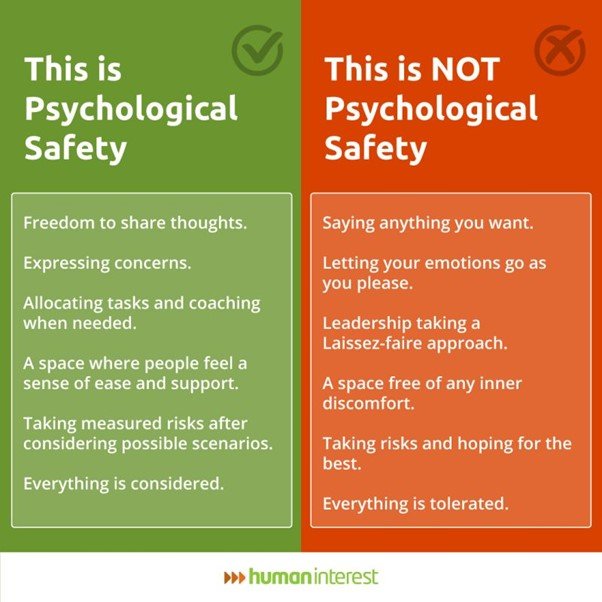It seems like a basic human right, doesn’t it? You come to work every day and not only do you have physical safety, but you also feel psychological safe to walk into your workplace.
The idea of psychological safety has been around since at least the late 1990s when Dr Amy Edmondson published an influential paper on the subject. Psychological safety boils down to a shared belief held by team members that it is safe to take interpersonal risks.
Taking risks can lead to mistakes or sometimes failure, and many a research report has proven that high-performing teams are actually given permission to take risks, to find new and better ways to do things, to make changes, to try innovation. They are safe to report and discuss their errors in a climate of openness which, in turn, leads them to work together to find ways of reducing the errors.
But what exactly does interpersonal risk-taking mean? When looking at psychological safety in the workplace, some people may find it tempting to bend the idea of risk and freedom or interpret it from their perspective.
Insulting your boss is a risk, as is leaving your teammates hanging on an important project. Shooting down a senior’s idea could be a risk. Refusing to stick to company policies could also be seen as a risk.
It might sound counterintuitive, but the team leader needs to set some ground rules about the practicalities of psychological safety, and by extension, the meaning of interpersonal risks. A culture of safety is no excuse to be rude, violent or insulting. Nor is it a shield to hide behind to stay comfortable.
The spirit of psychological safety is a commitment to treating each other graciously.































